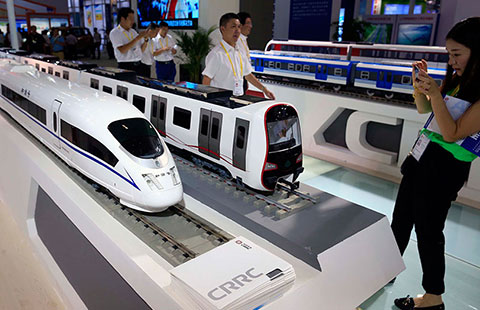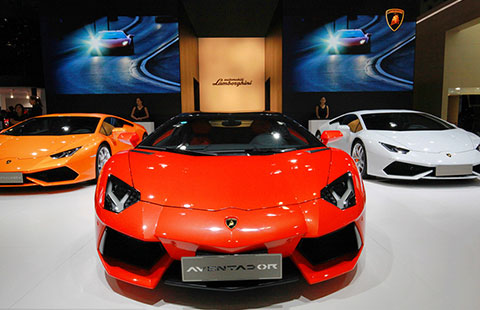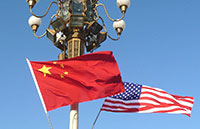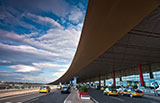Ningxia forges ahead with growing ambition
By Wang Hao and Wang Huazhong in Yinchuan (China Daily) Updated: 2015-09-01 07:40
The wine producing region in Northwest China's Ningxia is expanding rapidly, despite a slowdown in the industry.
Data from China Alcoholic Drinks Association show that 64.7 percent of Chinese wineries recorded deficits in 2013.
Last year, the decline continued with the sector producing 116 million tons of wine, down by 1.5 percent compared to 2013, according to figures released by AskCIData, a leading institution of industry research.
The government's anti-corruption drive, which affected the luxury brands sector, was partially to blame for the downward trend.
Imports of wine also dropped, according to the General Administration of Customs - down 2.51 percent to $1.51 billion.
In contrast, the Helan Mountain area in Ningxia Hui autonomous region is forging ahead.
By 2020, it will have a grape-growing base of "66,666 hectares". It was already half way there by end of last year.
Since 2000, China has more than doubled the land devoted to grape growing, which now stands at 799,000 hectares, the International Organisation of Vine and Wine, known as OIV, has reported.
"China wants to be self-sufficient in all sectors, this one included," Jean-Marie Aurand, OIV director, told the Reuters news agency. "Vines are imported from all around the world and are mostly red grapes as Chinese virtually doesn't drink white wine."
At the forefront of this expansion is Ningxia. "By 2020 we will build the region into the wine capital of the East with more than 100 quality wineries," Li Jianhua, Party head of Ningxia, said. "This will generate 100 billion yuan ($15.7 billion) in revenue and 100,000 jobs."
- 2015 China International Fair for Investment and Trade kicks off in Xiamen
- China's commodity imports robust in Jan-Aug period
- China stocks rebound 2.92%
- 2015 China box office already past 2014 total
- China foreign trade decline widens in August
- Interview: JP Morgan's senior executive bullish on China
- Innovation, development the focus for NZ mayors
- Lives of freelancers

















